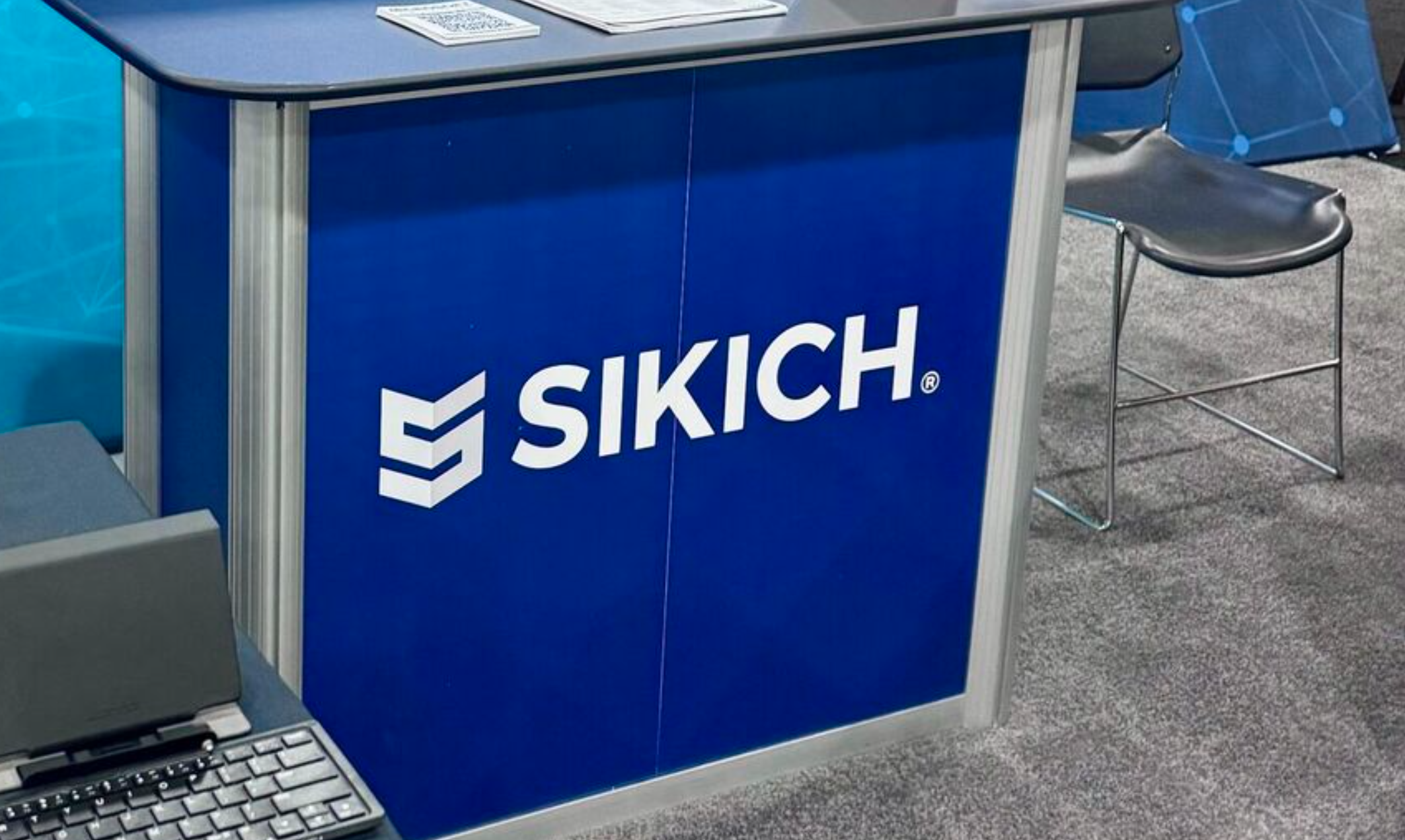We’ve all seen the statistics that point to the incredible brain drain that will occur in the accounting profession over the next decade, and most firms have experienced the loss of a key person that left the firm, taking with them key knowledge or experience that the firm wishes they would have captured. Without a systematic process to document this knowledge, the brain drain will continue. So firms must make a conscientious effort to capture best practices to protect the firm for the future. This knowledge capture needs to go beyond the standard manual provided by the accounting application vendors to include all of the firm’s processes and custom-developed procedures for each of the production workflows. It should also be in a format that can be used not only for training, but live guidance when personnel are working in the office or in the field.
Document Workflow & Opportunities
Since the extension deadlines are passed, now is the perfect time to debrief the production processes of the previous busy season and identify bottlenecks and opportunities for new applications or workflow processes. Firms should chart out the steps it takes to process work. For example, they should take a look within the tax practice, beginning with the acceptance of a client, creation of their organizer, how their information is received and processed, all the way through delivery of the final return and invoice. The firm should then evaluate the specific bottlenecks and identify today’s solutions by having key production personnel network with peer accountants, view webinars and attend training from their tax, audit and accounting application providers such as user conferences where best practices are touted and classes address specific applications and workflows.
Identify Expertise & Existing Knowledge
Each firm has personnel that everyone goes to with questions on applications, and these individuals are often measurably more efficient than peers because they just have the system figured out. These are your experts, and they should be the ones called upon to explore best practices, attend training and document their knowledge in a format so it can be easily shared. Usually, these experts are also the most likely to be aware of the resources and documentation the firm already has captured, which can be in the format of physical manuals, digital forms stored on the intranet, or documented processes saved somewhere as a Word file. These resources should all be accumulated and “flow charted” to help document the firm’s workflow so the firm has a good starting point for understanding visually what they are doing today.
ABC Prioritization for Success
Once the firm experts have documented each workflow, it is important to take an independent look at each individual step and rate the firm on how well they are doing. An “A” step is one that is documented, everyone understands that step, and firmwide training has been provided so that it is consistently performed well. A “B” step is one that some personnel have figured out, but the process is not documented or personnel throughout the firm have not been trained on that process. Finally, the “C” steps are those that everyone in the firm agrees are inefficient and new applications or processes must be explored to see if there is a viable solution for the firm to adopt.
Each department should identify the ABCs within their workflow and then prioritize each grouping based on which items would have the greatest impact on improving firm productivity, taking into account the amount of effort and resources needed to solve the problem. In most cases, the “A” items just need to be organized within the context of the documented department workflow and with minor customization to the firm’s file naming and network directory conventions to be standardized. The firm would then allocate time to the identified experts for the “B” steps until the best practices for that step are well documented and firm personnel are trained. In most cases, the expert is among the most in demand within their department. So to make a reasonable amount of time available, I suggest that at least four hours per week be allocated (based on that person’s availability) for them to focus on standardizing that step until it becomes an “A.” For this process to be successful, the expert should be given “chargeable” credit so it is valued as highly as client work, because the reality is that each captured practice will make the entire firm more standardized and more productive. This time should also be focused, meaning it may be best to block out a conference room or work remotely to minimize external distractions and interruptions.
While the firm’s “A”s and “B”s are being documented, the department can address the prioritized “C” items, which will require outside personnel, training and vendor resources to resolve (and usually require expenditures and CPE that must be approved by the partner group). By specifically documenting the possible solutions to a “C” step and the educational resources that can provide the solution (articles, webinar, vendor training, user conference), the partners can outline expectations that can then be used to justify any expense and time requirements. Technology processes will continuously evolve as vendors roll out and stabilize new tools so the ABC prioritization process will need to be repeated annually to evaluate and adopt these changes.
Best Practices Identification
I have found the most effective processes to identify and evaluate best practices come from vendor webinars and user conferences that are validated by peer accountants. Each fall, the major vendors have user conferences and webinars that introduce new products and offer end-user sessions to discuss optimization of current tools. By attending these conferences or the webinars, firm experts can be educated on what is possible as well as be exposed to trainers and end users who have already implemented these processes. By networking with such individuals, the expert can confirm the best practices are working and possibly get access to already developed documented procedures that the firm can customize to its needs.
Knowledge Documentation
The key to capturing best practices is to put them into a format where they can be effectively utilized by all personnel whenever and wherever they need it. By default, this would be a digital document that is stored on the firm intranet, local hard drive or portal. Most firms store these documents in a searchable PDF or Microsoft Word document so keywords can be used to find information. In addition to explaining the process in a textual context, it is important to integrate actual screen captures of processes that show the menu options, firms’ network directories, and file naming conventions. For firms still on Windows XP, tools such as SNAG-IT and Camtasia can capture images in condensed format. Windows 7 has an integrated “Snipping” tool. The documentation should be developed so that it can be utilized not only as a reference guide, but also for training of new personnel. By exposing them to best practices in a centralized format available online, they will learn to rely on that resource whenever they have questions and can access it at their own convenience.
One of the key differentiators of the most effective firms is that they identify and capture standardized best practices that promote efficiency (and profitability) in such a way that every person in the firm can take advantage of them. By prioritizing the ABCs of workflow, firms can start a process to capture best practices before they walk out the door.
Thanks for reading CPA Practice Advisor!
Subscribe Already registered? Log In
Need more information? Read the FAQs
Tags: Technology





